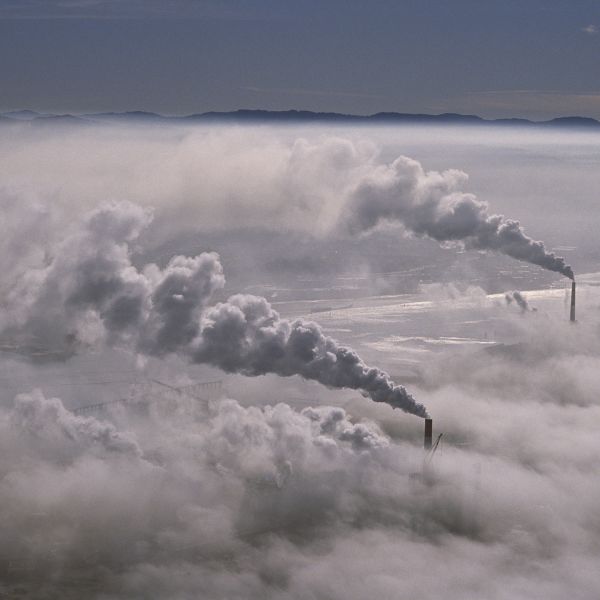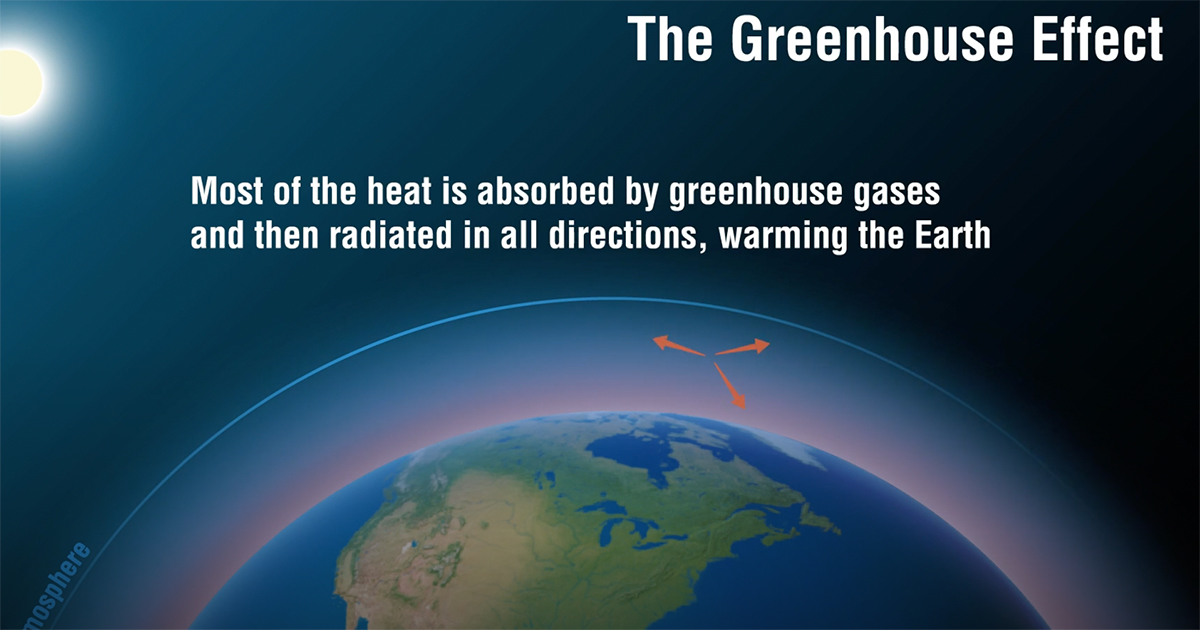This claim compares a shortwave solar radiation increase of 6.6 W/m² with the 0.267 W/m² forcing from greenhouse gases over the same period. However, this is misleading because:
- Shortwave and longwave radiation are different in how they interact with the Earth's energy balance. Greenhouse gases mainly affect longwave radiation, trapping heat that would otherwise escape back to space.
- The 6.6 W/m² increase in solar absorption represents a temporary change due to natural variability, such as changes in cloud cover or aerosol pollution reduction (e.g., after the 1991 Mount Pinatubo eruption).
- The cumulative effect of greenhouse gases is long-lasting and persists even when short-term variations in solar energy absorption fluctuate. The relatively small 0.267 W/m² from greenhouse gases in this period is part of a larger cumulative trend, whereas shortwave changes are more transient.
While the shortwave forcing from brightening may have been larger in the specific time frame mentioned (1992-2001), it is not an ongoing, persistent driver of warming. Greenhouse gases continue to trap heat in the atmosphere, driving long-term global warming. This cumulative effect means that the small increase in forcing from greenhouse gases during the period of the study is part of a larger trend that has been building up over time.
Also the claims about energy loss: empirical data from satellite measurements and surface temperature observations confirm that increased greenhouse gases trap more heat, contributing to a net energy imbalance where the Earth is absorbing more energy than it emits. This imbalance is responsible for the observed global warming trend over the past century.
So while short-term increases in solar radiation can contribute to warming, the long-term driver of climate change remains greenhouse gas emissions. The energy trapped by CO2 and other gases persists over time, accumulating and causing warming, whereas changes in absorbed solar radiation are more variable and less sustained.


